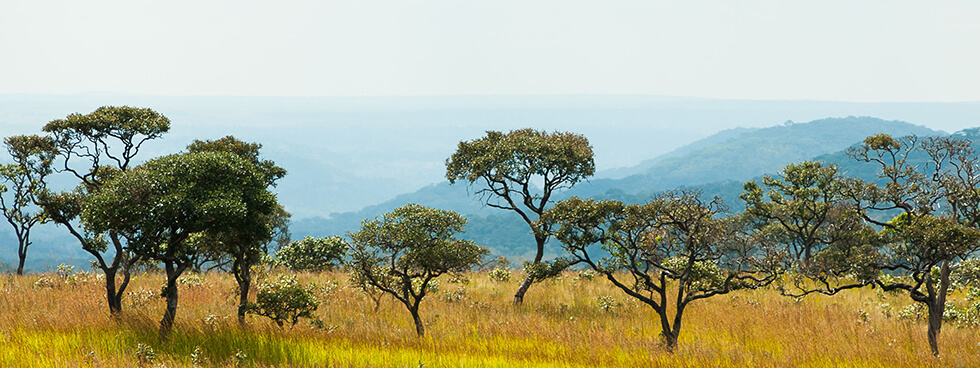
Upemba national park, is situated in the Southeastern Democratic republic of Congo formerly known as Zaire. It’s the largest park in the Katanga provincecovering very biodiversity of woodlands, lakes, wetlands, Savannah, riparian forests, swamps, marshes, Rocky outcrops and Kiobo waterfall. Upemba national park has also been rated as a UNESCO biodiversity reserve.
Upemba national park is endowed with panoramic landscapes with all antelope species and various animals, the park is named after Lake Upemba boardering the park to the west, the park covers an area of 11,730 kilometers squared. The park received an annual rainfall of about 1200mm.
Upemba national park was established on 15th may in 1939 however the park always suffers from poaching and settlement activities making the number of animals to seriously decline. The park is home to over 1,800 species of plants, home to a number of bird species as well as fish species in the water bodies. Before the park boarders we’re reestablished it used to be the largest in Africa.
Activities at Upemba national park
Wildlife watching
Upemba national park is home to various animals such as the antelopes, elephants, buffalos, lions, zebras, baboon, Oribis, baboons and many more there are various gaming tracks that will make your safari a great wilderness adventure. The Katanga Impala is also endemic to this area; it’s also the only park in Congo to see zebras and cheetahs.
Bird watching
The national park is gifted with numerous bird species some of which include; Sparrow Weaver’s, bee eater, paradise, fire finch, Chestnut owlet, Dickinson’s kestrel, wattle crane, racket tailed roller, the rare shoebill, Angola Lark, Cisticola, miombo rock thrush, flycatchers, Nicator, honey guide greenbul, Souza shrike, spotted ground thrush and barbet.
Fishing
There are ten fishing lakes within the park four of which are controlled by the park fishermen are usually charged with a fishing fee annually and the main fishing months are from March to November, tourists can also engage in this activity and restricted to specific fishing methods.
Cultural visits
There are several villages within the park that visitors can go to and learn about people’s ways of living and many more things to engage in, visitors can also acquire handy crafts locally made to take back he for remembrance or to their loved ones.
Hiking
Tourists can go for hiking safaris in the mountainous areas or to the waterfalls
Where to stay
There are a variety of places where to stay depending on tourists choice and budget some of the accommodation sectors are in luxurious lodges, campsites, bandas and many more with well vanished rooms to make you comfortable.
How to get there
Tourists can reach the park from Lubumbashi one of Katanga’s capital which is about 400 kilometers from the park, the park also boarders Angola and Zambia. Tourists can get here by air through Lubumbashi airport. The park can also be accessed through Lake Tanganyika in Tanzania.
When to visit
The best time is from October to January in the dry season when the grass is short and the vegetation is not very thick making it easy to see animals and the water point are always filled with wildlife.
